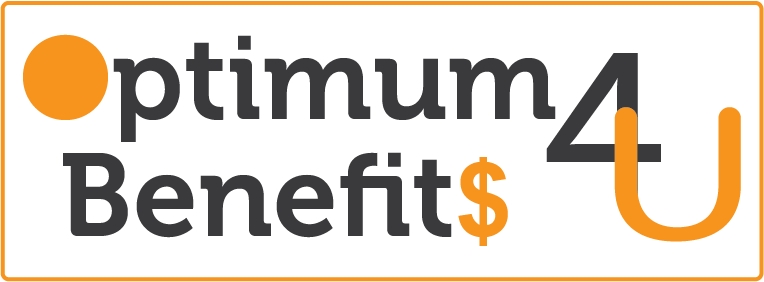Due to Coronavirus, the Federal Government created the Provider Relief Fund to provide financial assistance to healthcare providers during the COVID-19 pandemic.
Unlike other COVID-19 stimulus payments, these distributions are payments, not loans. However, accepting provider relief funding involves certain terms and conditions, enrollment agreements, attestations, and certifications that carry potentially significant consequences for noncompliance. Therefore, healthcare providers need to pay close attention to ever-changing guidance around the conditions related to the distribution and use of the funds and make sure to comply with them.
Using Provider Relief Funds for Healthcare Providers
Provider Relief Funds may only be used in response to the coronavirus and the clear and obvious use of the funds are costs directly associated with the COVID-19. Therefore, healthcare providers who accept CARES Acts Provider Relief Funds need to certify the following:
- They currently provide or provided after January 31, 2020, diagnosis, testing, or care for individuals with possible or actual cases of COVID-19,
- They are not currently terminated from participation in Medicare,
- The provider has not been excluded from participation in Medicare, Medicaid, and any other federal healthcare programs,
- The provider’s Medicare billing privileges have not been revoked, and
- The CARES Act funds will only be used to prevent, prepare for, and respond to coronavirus, or to reimburse the recipient only for healthcare-related expenses or lost revenues that are attributable to the coronavirus.
Mitigating the Risks Associated with Provider Relief Funds
As healthcare providers certify their qualifications to access the Provider Relief Funds, it is critically important to monitor and document compliance with the Payment Terms and Conditions. Misuse of the funds or accepting funds to which healthcare providers are not entitled could lead to allegations of fraud and liability under the FCA, as well as significant fines. In addition to this, the HHS has cautioned healthcare providers that it will conduct significant antifraud and auditing work.
Given that healthcare providers will likely be subject to compliance, tracking, reporting, and potential audit requirements, they should take proactive steps to mitigate any risks associated with accepting Provider Relief Funds and:
- Carefully evaluate funding terms and conditions,
- Ensure the accuracy and truthfulness of all certifications,
- Carefully monitor new and updated regulations,
- Maintain accurate and detailed records,
- Review and update compliance plans, policies, and procedures, and
- Promptly investigate any concerns raised regarding the acceptance or use of the funds.
Avoiding Future Liability:
Taking everything into consideration, healthcare providers need to be careful in allocating the Provider Relief Fund payments to address COVID-19 care and prevention, and related losses. They should consistently track expenses and payments, ensuring the funds are not used for expenses already reimbursed from another source, including other COVID-19-related government aid programs. Such documentation should include a clear and detailed description of healthcare expenses or losses that are attributable to COVID-19.
The national response to the COVID-19 public health crisis is evolving and more regulations regarding CARES Act Provider Relief Fund for healthcare providers are anticipated. To simplify the process of receiving provider relief funding and submitting different documentation, healthcare providers need to integrate exclusion screening solutions to save time and reduce the risk of non-compliance. This allows them to effectively gather and manage data, improve the level of healthcare compliance, and meet all the necessary requirements while mitigating fraudulent activity.



